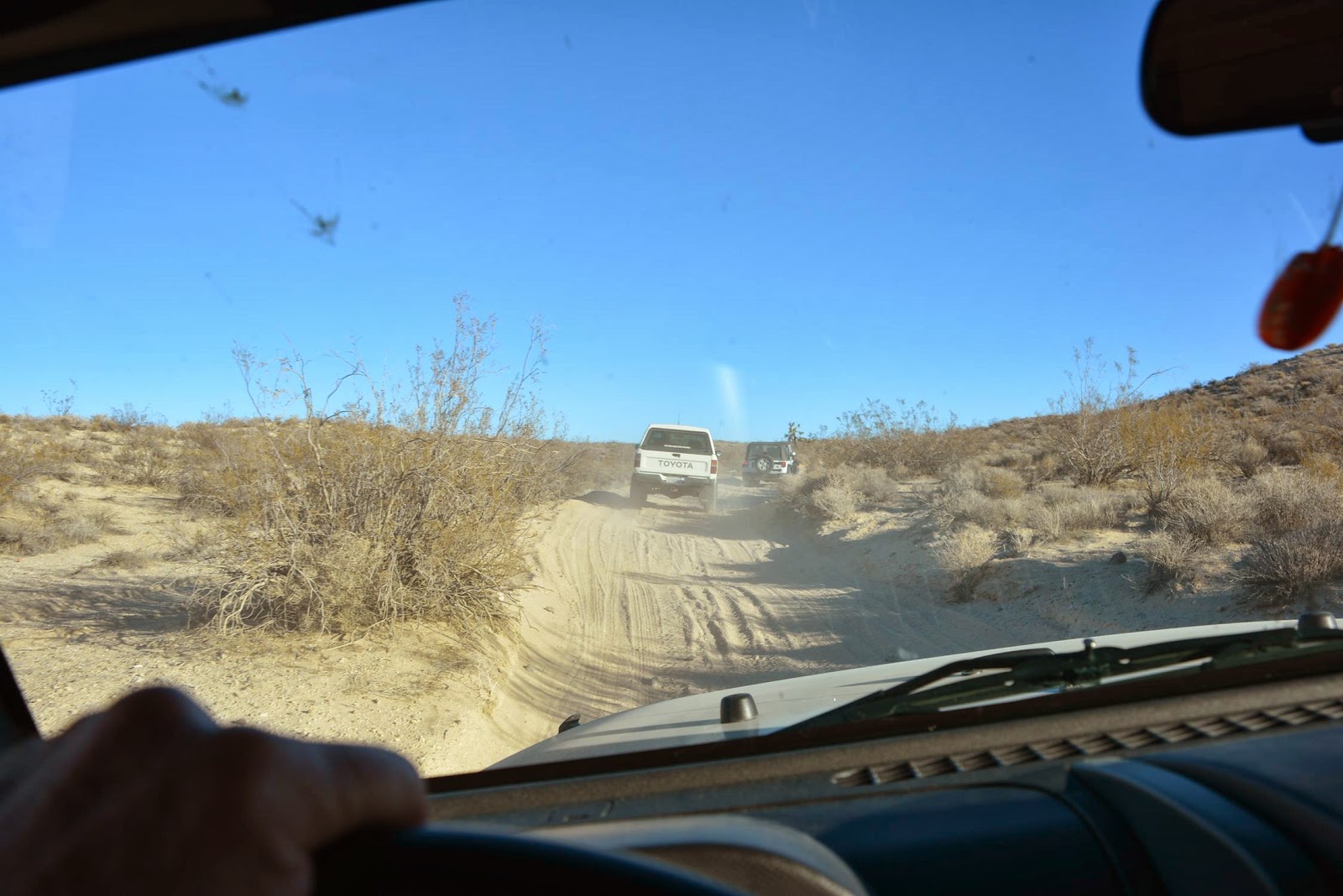------------------------------
In the early 1800's (and long before) there were many Indian villages in the Cuyamaca and Laguna mountains in Southern California. These villages were used by the Kumeyaay (and earlier) Indians as their spring and summer homes. They spent their winters in the local deserts (in and around what is now Anza-Borrego SP), or along the Pacific coast line.
The place we were looking on this day was once part of the ancient village of Pisclim. The mortars (morteros) we found there were used to grind acorns, seeds, etc.
A non-nondescript trail heading off into nowhere.
Nothing but dead-fall and vegetation.
A nice scene that may or may not even be in the area.
Nothing...
There is no trail here, but we do have an idea where what we are looking for is.
See? Even he's surprised to see us!
I get excited if I come across one of two morteros. Imagine how I feel when I run across a mother load like this...
This spot really gets a person to thinking about how many people were fed because of these mortars and for how many hundreds or thousands of years they were used.
Obligatory black and white.
We stopped counting at 75! I'm sure there were more in the vegetation.
Yes, I know that you are surprised to see birds in my blog posts. There aren't very many pine trees this big still in the area (due to many fires). So, this tree was in our campground a few miles away. This guy is an acorn woodpecker. They drill holes in the bark, and then force an acorn into the hole. Eventually larval worms develop in the acorn and the woodpecker pecks it open and eats the larva. The woodpeckers act like a big family and can store thousands of acorns in a single tree. It's still like the 1960's to them and they have a communal life. They need a lot of birds involved, because you know who also wants those woodpeckers, right? Yep, squirrels!
You can see many more wild birds by following this link to my friend Stewart's Wild Bird Wednesday extravaganza!
The next few are only here because I liked them.
.





















































